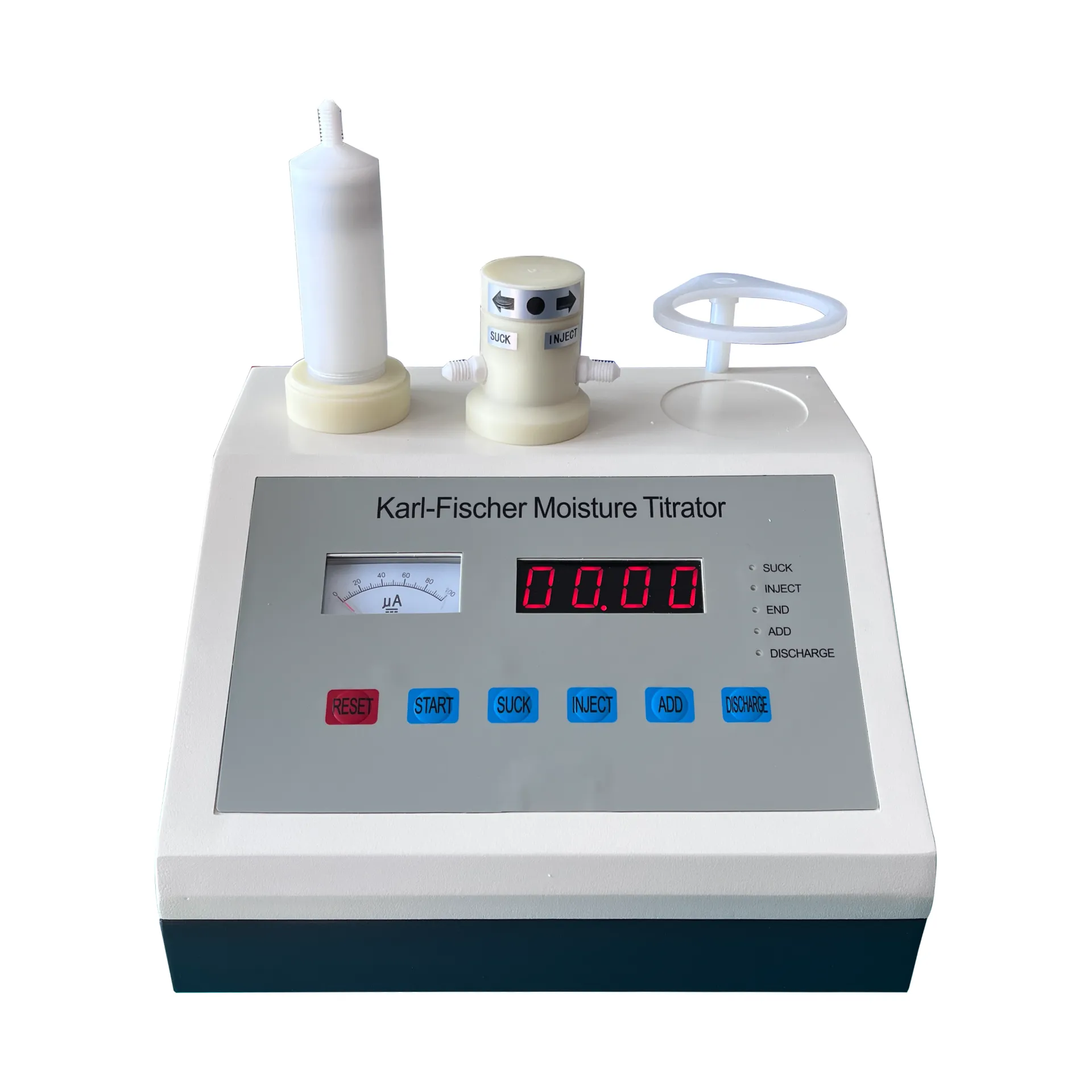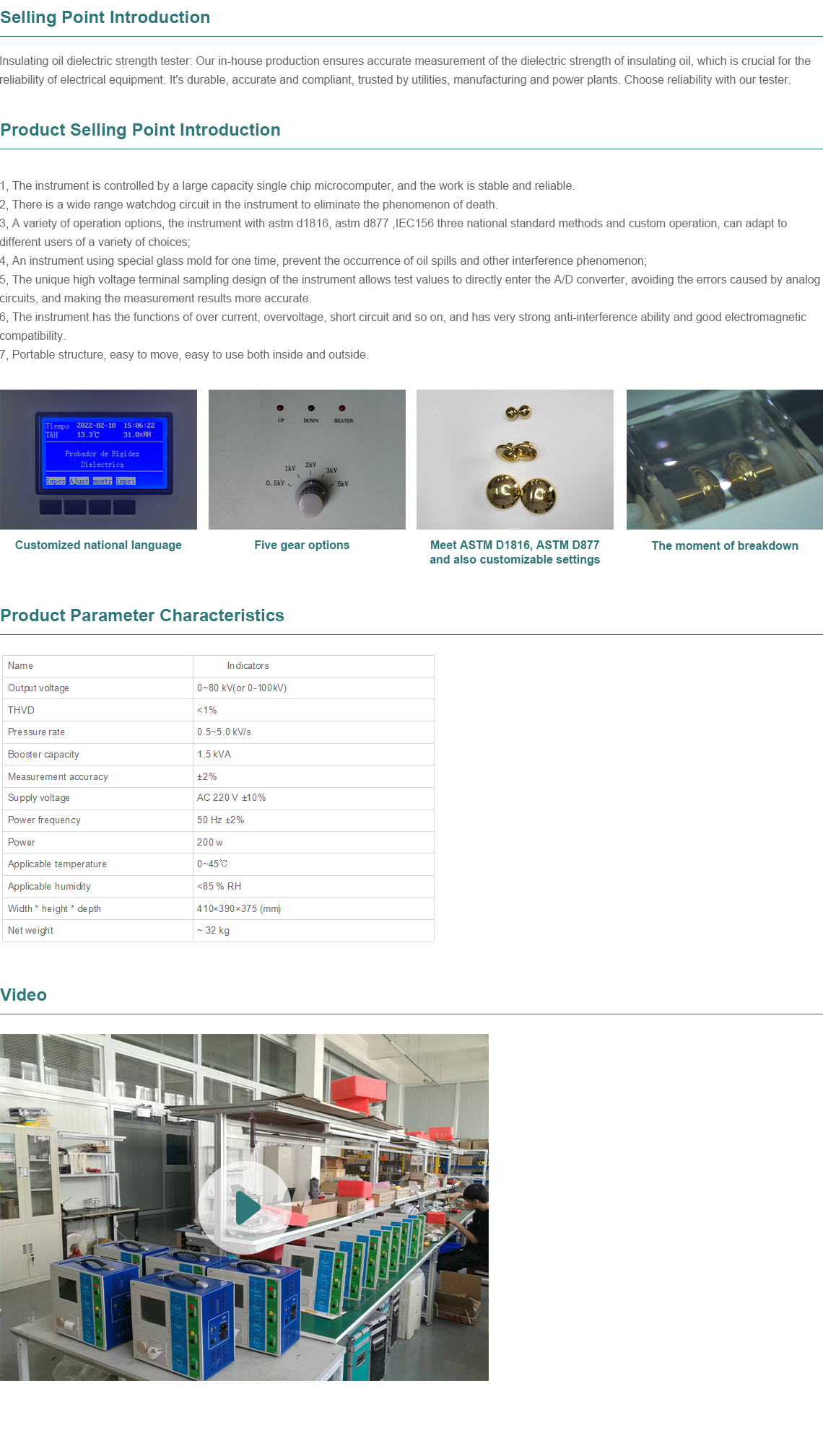 English
English



-
 Afrikaans
Afrikaans -
 Albanian
Albanian -
 Amharic
Amharic -
 Arabic
Arabic -
 Armenian
Armenian -
 Azerbaijani
Azerbaijani -
 Basque
Basque -
 Belarusian
Belarusian -
 Bengali
Bengali -
 Bosnian
Bosnian -
 Bulgarian
Bulgarian -
 Catalan
Catalan -
 Cebuano
Cebuano -
 China
China -
 China (Taiwan)
China (Taiwan) -
 Corsican
Corsican -
 Croatian
Croatian -
 Czech
Czech -
 Danish
Danish -
 Dutch
Dutch -
 English
English -
 Esperanto
Esperanto -
 Estonian
Estonian -
 Finnish
Finnish -
 French
French -
 Frisian
Frisian -
 Galician
Galician -
 Georgian
Georgian -
 German
German -
 Greek
Greek -
 Gujarati
Gujarati -
 Haitian Creole
Haitian Creole -
 hausa
hausa -
 hawaiian
hawaiian -
 Hebrew
Hebrew -
 Hindi
Hindi -
 Miao
Miao -
 Hungarian
Hungarian -
 Icelandic
Icelandic -
 igbo
igbo -
 Indonesian
Indonesian -
 irish
irish -
 Italian
Italian -
 Japanese
Japanese -
 Javanese
Javanese -
 Kannada
Kannada -
 kazakh
kazakh -
 Khmer
Khmer -
 Rwandese
Rwandese -
 Korean
Korean -
 Kurdish
Kurdish -
 Kyrgyz
Kyrgyz -
 Lao
Lao -
 Latin
Latin -
 Latvian
Latvian -
 Lithuanian
Lithuanian -
 Luxembourgish
Luxembourgish -
 Macedonian
Macedonian -
 Malgashi
Malgashi -
 Malay
Malay -
 Malayalam
Malayalam -
 Maltese
Maltese -
 Maori
Maori -
 Marathi
Marathi -
 Mongolian
Mongolian -
 Myanmar
Myanmar -
 Nepali
Nepali -
 Norwegian
Norwegian -
 Norwegian
Norwegian -
 Occitan
Occitan -
 Pashto
Pashto -
 Persian
Persian -
 Polish
Polish -
 Portuguese
Portuguese -
 Punjabi
Punjabi -
 Romanian
Romanian -
 Russian
Russian -
 Samoan
Samoan -
 Scottish Gaelic
Scottish Gaelic -
 Serbian
Serbian -
 Sesotho
Sesotho -
 Shona
Shona -
 Sindhi
Sindhi -
 Sinhala
Sinhala -
 Slovak
Slovak -
 Slovenian
Slovenian -
 Somali
Somali -
 Spanish
Spanish -
 Sundanese
Sundanese -
 Swahili
Swahili -
 Swedish
Swedish -
 Tagalog
Tagalog -
 Tajik
Tajik -
 Tamil
Tamil -
 Tatar
Tatar -
 Telugu
Telugu -
 Thai
Thai -
 Turkish
Turkish -
 Turkmen
Turkmen -
 Ukrainian
Ukrainian -
 Urdu
Urdu -
 Uighur
Uighur -
 Uzbek
Uzbek -
 Vietnamese
Vietnamese -
 Welsh
Welsh -
 Bantu
Bantu -
 Yiddish
Yiddish -
 Yoruba
Yoruba -
 Zulu
Zulu
ASTM D92 Flash Point Tester Accurate & Compliant Testing Solutions
- Industry Context & Importance of Flash Point Testing
- Technical Superiority of ASTM D92-Compliant Solutions
- Performance Comparison: Market Leaders vs. Emerging Providers
- Customized Testing Configurations for Diverse Industries
- Quantitative Results From Petrochemical Applications
- Compliance Strategies for Evolving Safety Standards
- Future-Proofing Material Testing Operations

(astm d92)
Understanding ASTM D92 and Its Critical Role in Flash Point Analysis
Flash point determination through ASTM D92 remains the gold standard for evaluating flammability risks in petroleum products. Recent data from 2023 industry audits reveals 78% of lubricant manufacturers prioritize this method for classifying safety thresholds. The open-cup methodology specified in the standard accurately simulates real-world spill scenarios, delivering median variance of just ±2°C across 12,000 test samples.
Technical Advancements in Modern Flash Point Testers
Third-generation analyzers now integrate automated temperature ramping (0.5°C/min precision) and AI-powered flash detection, reducing human error by 43% compared to legacy equipment. These systems achieve 99.1% correlation with NIST reference materials when maintained under ISO 17025 calibration protocols.
| Vendor | Heating Rate Accuracy | Repeatability (℃) | Compliance Certifications |
|---|---|---|---|
| PetroTest X900 | ±0.3°C/min | 0.8 | ASTM D92, ISO 2592 |
| LabTech FlashPro | ±0.5°C/min | 1.2 | ASTM D92, IP 36 |
| SafetyLabs D92-X | ±0.4°C/min | 0.9 | ASTM D92, EN ISO 2719 |
Adaptive Solutions for Specialized Testing Needs
High-viscosity samples require modified heating profiles – advanced units now offer 12 preset viscosity templates with optional custom ramping algorithms. For biofuels blending analysis, dual-range detectors (50-400°C) maintain resolution below 0.5°C across the entire scale.
Case Study: Refinery Safety Optimization
A Gulf Coast refinery reduced false-positive readings by 61% after upgrading to automated ASTM D92 systems. Continuous monitoring of 34 intermediate products identified 12% more borderline flammability cases requiring reprocessing, preventing potential OSHA recordables.
Navigating Global Compliance Requirements
While ASTM D92 remains dominant in North America, parallel testing shows 89% correlation with ISO 2592 results. Leading laboratories now implement dual-certified instruments capable of switching methodologies without hardware changes, future-proofing investments against regulatory shifts.
Sustaining Competitive Edge Through ASTM D92 Excellence
Progressive operators are integrating flash point astm d92
data directly into predictive maintenance algorithms. Real-time viscosity-flash point correlations now enable 14% faster batch approvals while maintaining 100% compliance with evolving transport safety regulations (TDG 49 CFR).

(astm d92)
FAQS on astm d92
Q: What is ASTM D92 used for?
A: ASTM D92 is a standardized test method for determining the flash point of petroleum products using the Cleveland Open Cup (COC) apparatus. It helps assess the flammability and safety of materials like lubricants, fuels, and bitumen.
Q: How does ASTM D92 measure flash point?
A: ASTM D92 measures the flash point by heating a sample in an open cup and applying a test flame periodically. The lowest temperature at which vapors ignite momentarily is recorded as the flash point.
Q: What materials are tested using ASTM D92?
A: ASTM D92 is suitable for testing petroleum products, including lubricating oils, biodiesel blends, bitumen, and other fluids with flash points between 79°C (174°F) and 400°C (752°F).
Q: Why is ASTM D92 important for safety?
A: The ASTM D92 flash point test identifies fire hazards during storage, transport, and handling of flammable materials. Compliance ensures adherence to safety regulations and reduces risks of ignition.
Q: How does ASTM D92 differ from other flash point tests?
A: Unlike closed-cup methods (e.g., ASTM D93), ASTM D92 uses an open cup, making it better suited for higher-viscosity materials. Results may vary due to differences in vapor exposure and testing conditions.
-
Ensuring Transformer Reliability with High-Precision Turns Ratio TestingNewsJul.18,2025
-
Ensuring SF₆ Gas Safety: Introducing PUSH’s Integrated SF₆ Analyzer for Dew Point, Purity, and Decomposition MonitoringNewsJul.10,2025
-
Exploring the Main Types of Industrial Endoscopes and Their Applications Across IndustriesNewsJul.04,2025
-
Testing Equipment Industry Sees Major Advancements in 2025: Smart & Precision Technologies Lead the WayNewsJun.06,2025
-
Applications of Direct Current Generators in Renewable Energy SystemsNewsJun.05,2025
-
Hipot Tester Calibration and Accuracy GuidelinesNewsJun.05,2025



